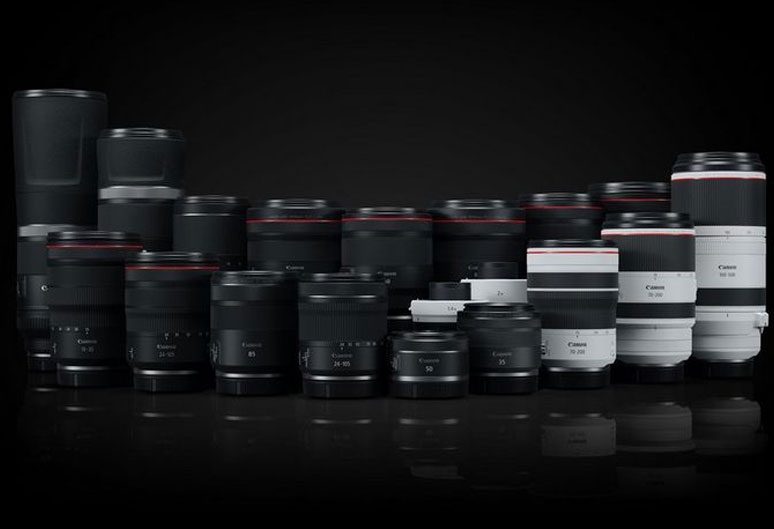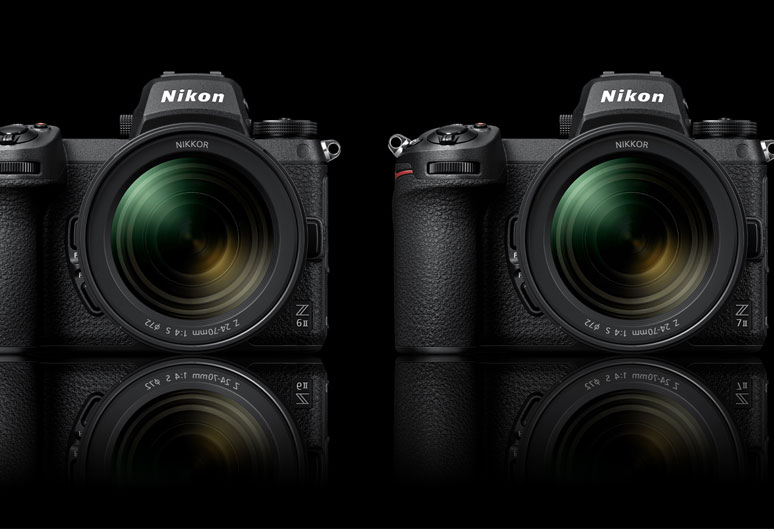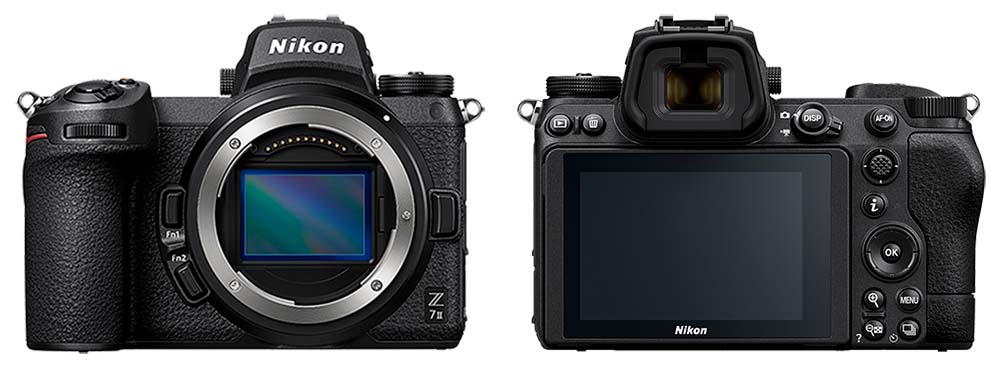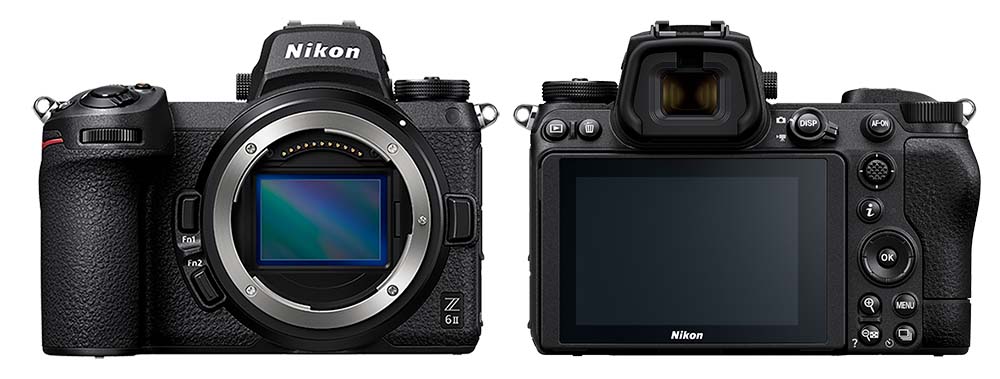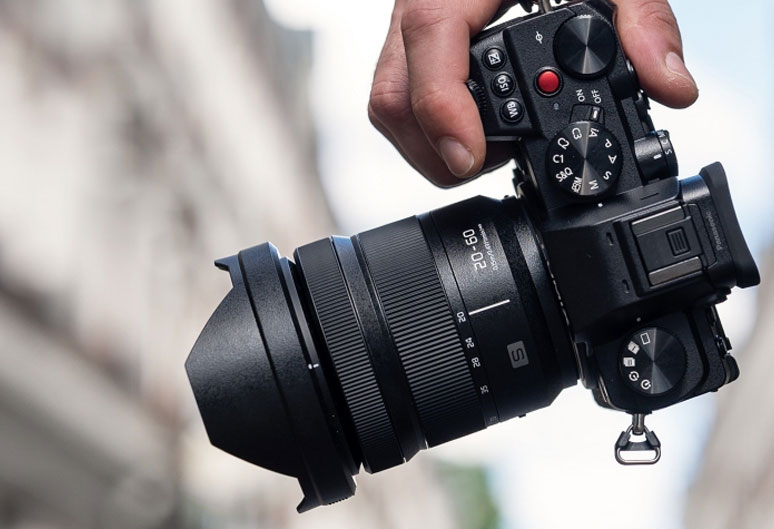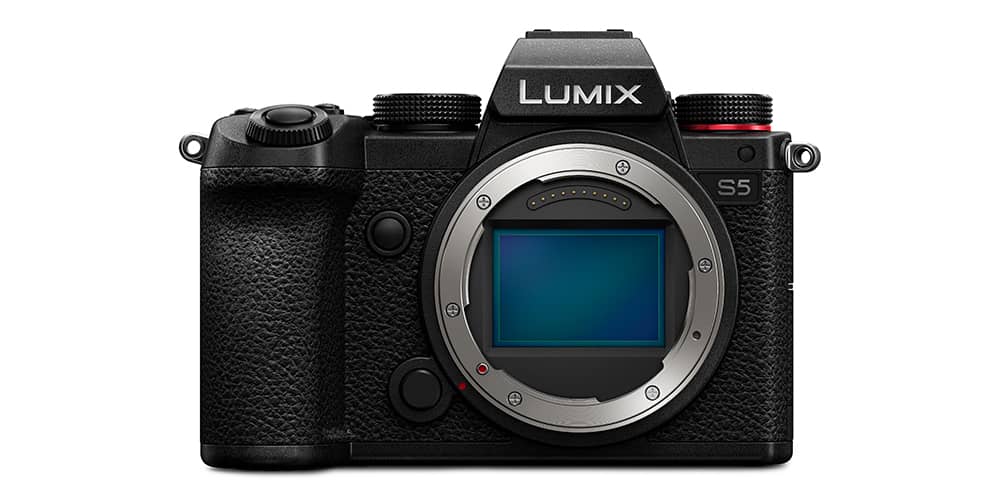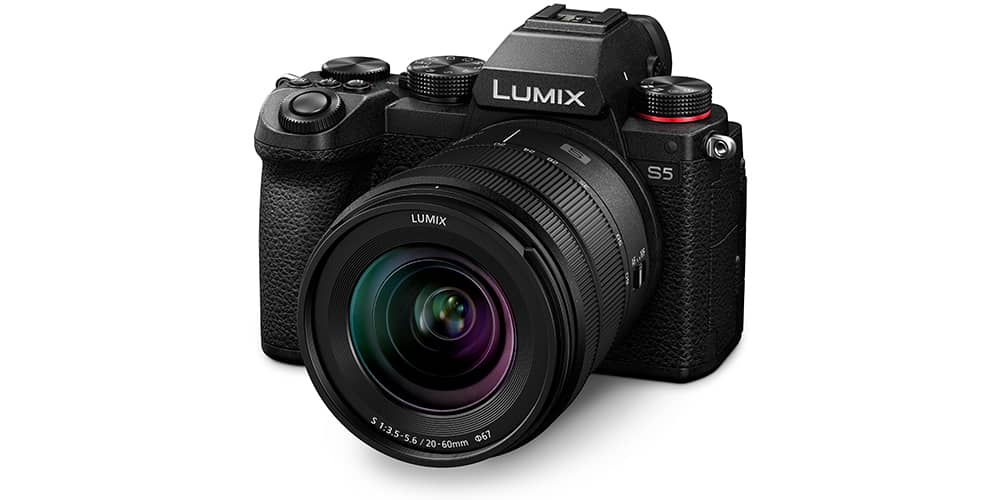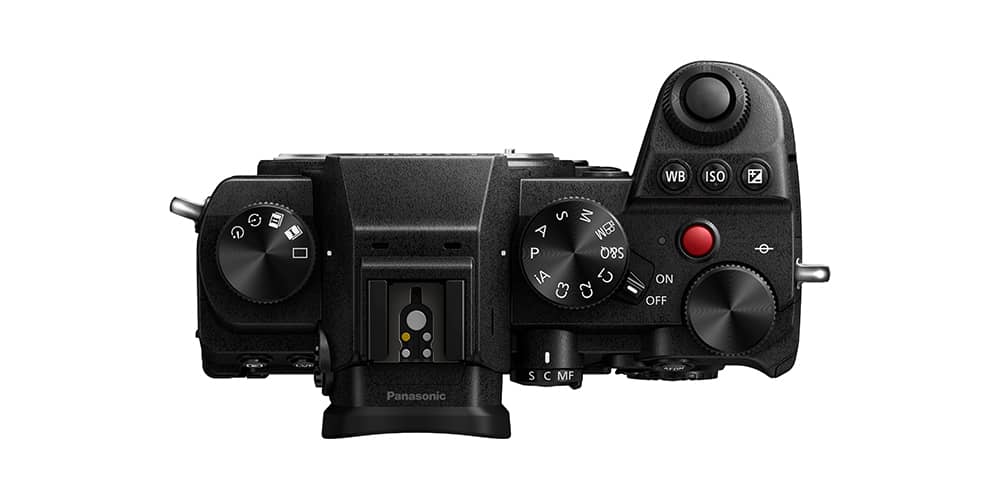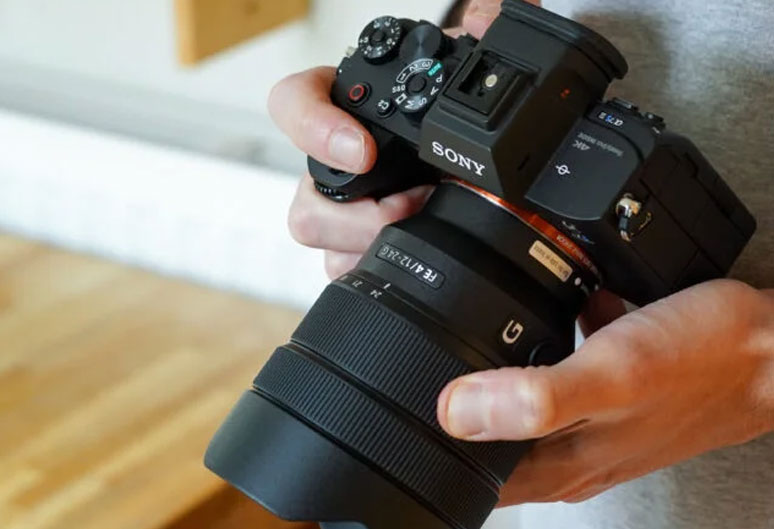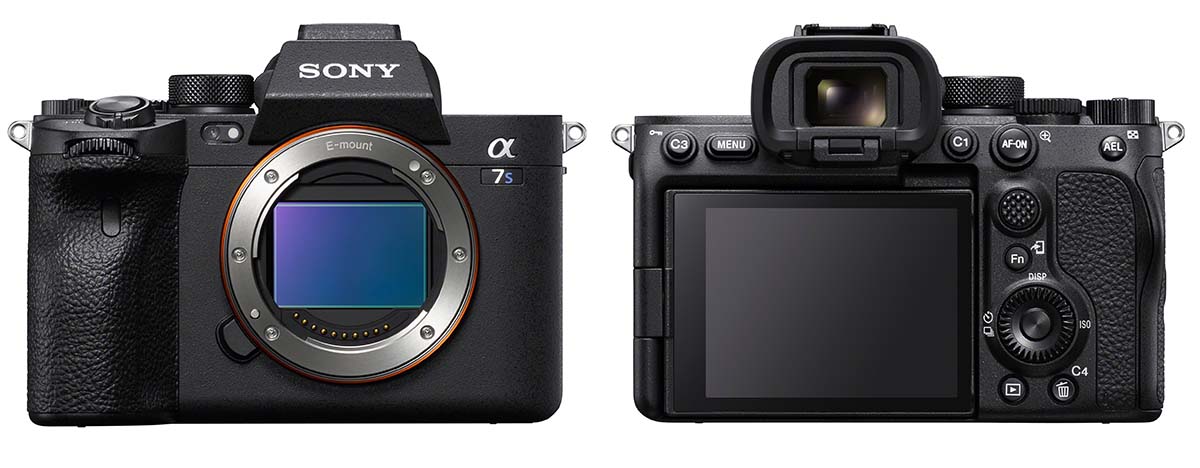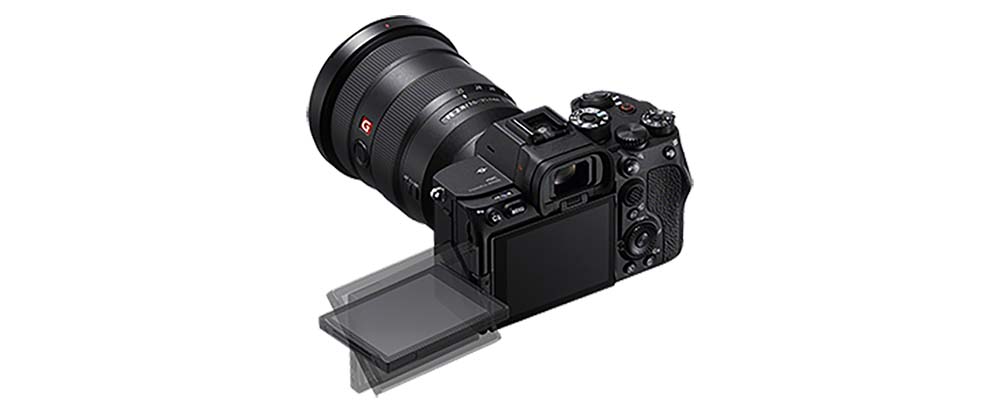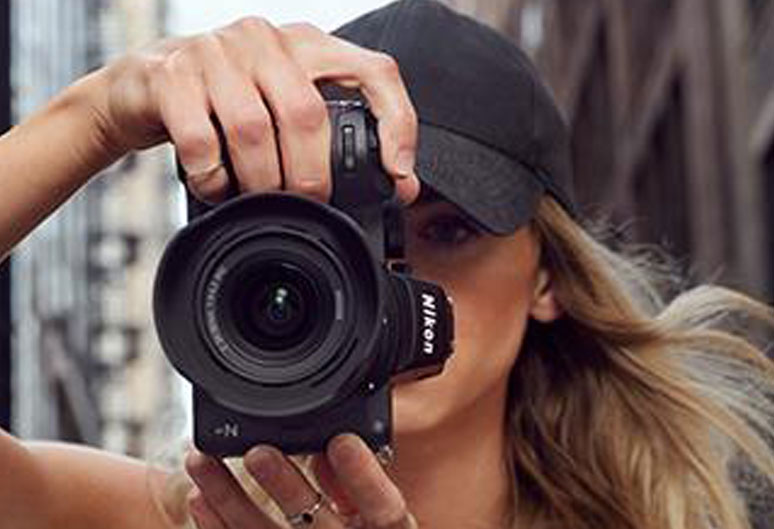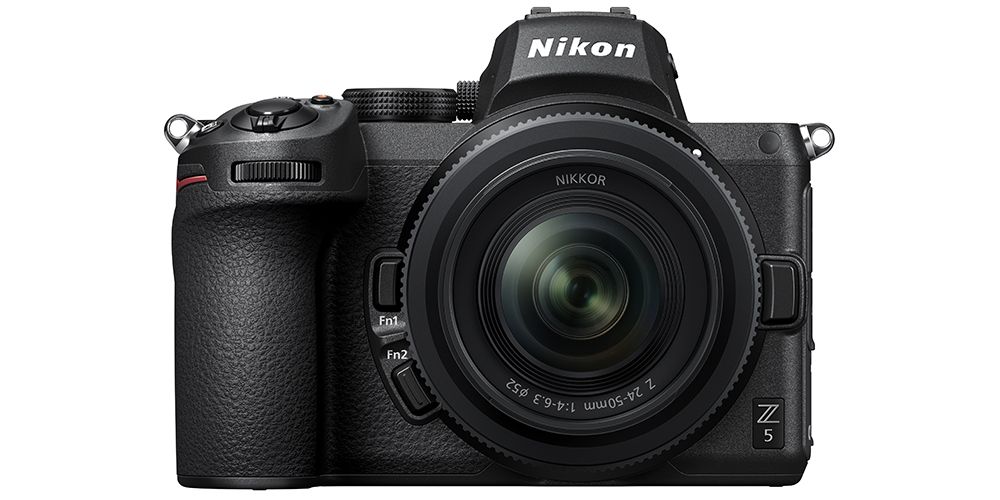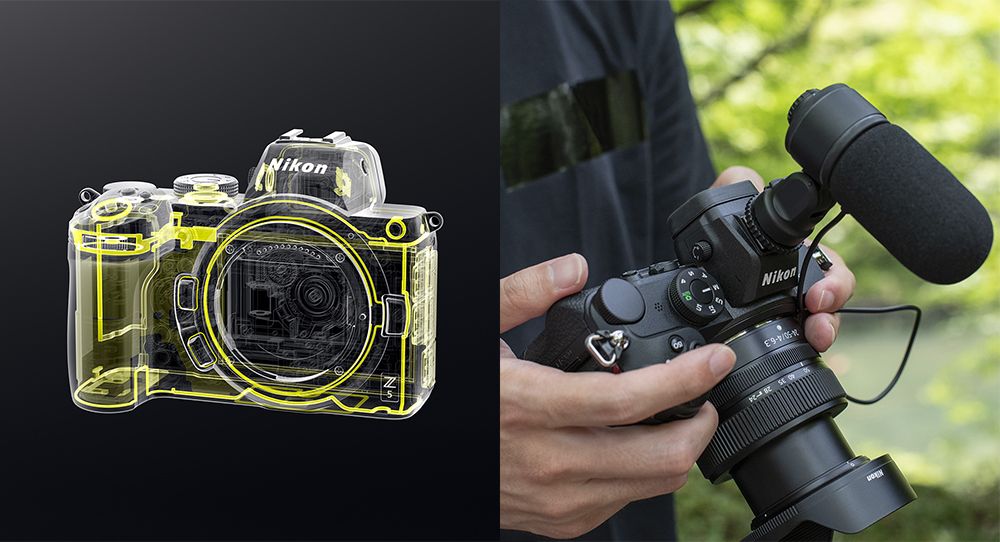Canon has added the RF 70-200mm f4L IS and RF 50mm f1.8 STM lenses to their growing RF lens range. These two popular lenses pair lightweight portability with the exceptional lens making craft we expect from the manufacturer.
The Canon RF lens range already covers these focal lengths with an f/2.8 70-200mm zoom and an f/1.2 50mm prime however the new releases are significantly smaller and lighter due to their reduced maximum aperture. The DSLR compatible EF 70-200mm f4L IS has been praised by our Canon technicians as an exceptionally sharp lens, and the reputation of the 50mm f/1.8 the “nifty-fifty” is also well established. Canon has improved both lenses optically for their Mirrorless cameras in both their construction and ergonomics thanks to technology available with the wider RF lens mount. These smaller aperture lenses will also be lighter on the wallet compared with their larger counterparts in the RF lens range.
To place an order, contact our sales team on 0207 582 3294 or email us at sales@fixationuk.com
Canon RF 50mm f1.8 STM
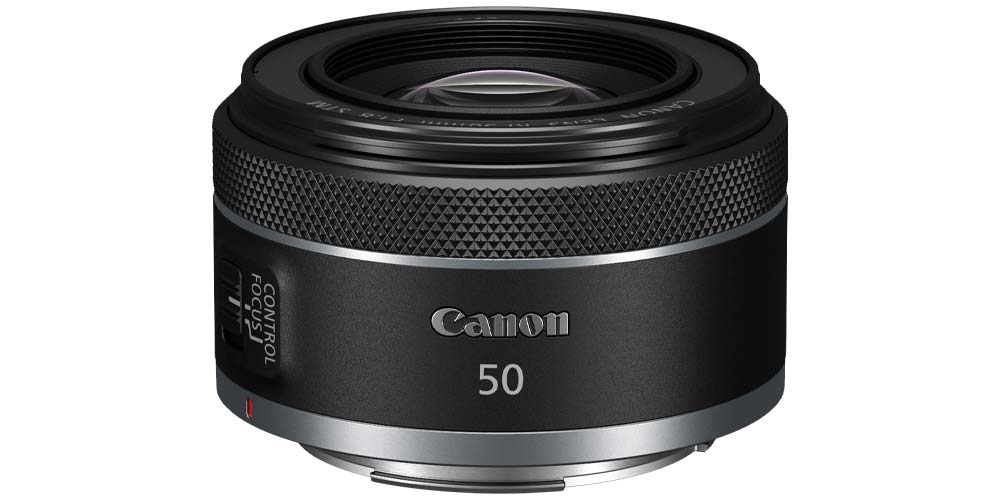
Designed to allow photographers to capture with comfort, the RF 50mm F1.8 STM introduces a novel combined focus and lens control ring. If you are focusing manually the focus ring drives the brand new optical system within the lens. If you are using autofocus the focus ring can be configured to control another camera setting like the custom control ring found on a variety of RF lenses and the EOS-R to EF control ring mount adaptor.
Focus closer with a minimum focus distance of 30cm, a 5cm improvement on the EF 50mm f1.8. The 7 blade rounded aperture is the same as used in the EF version so you can expect to see the same smooth background blur and bokeh from out of focus highlights.
Canon RF 50mm f1.8 STM Key Features:
- STM Motor
- Wide f/1.8 aperture
- Aspheric lens element
- RF mount
- Super Spectra Coating
- Focus / lens control ring
Canon RF 70-200mm f4L IS USM
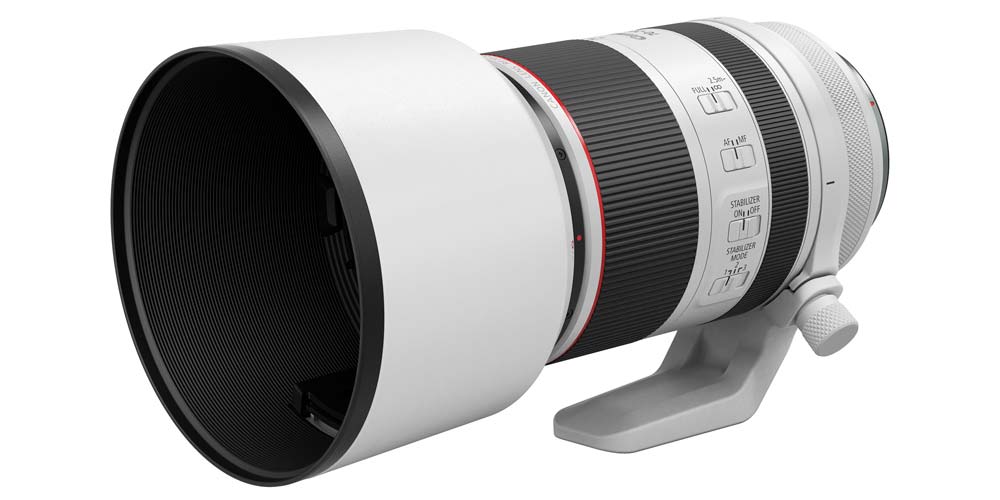
The RF 70-200mm f4L IS USM features a retractable design like its f/2.8 RF counterpart. This is the most compact and lightweight canon 70-200mm lens to date, and the design re-affirms the manufacturer’s commitment to offer full creative potential with a lighter weight kitbag. The image below shows the lens with the hood removed, proportion more often seen on 24-70mm lenses!
Canon has added 5-stop optical image stabilization to keep your shots steady with the EOS R, Ra and RP. If used with the new EOS R5 and EOS R6 camera bodies then the in-body image stabilization and the lens’ optical IS combine to provide 7.5 stop stabilisation. Expect rock-steady sharpness when shooting handheld. At the very front of the lens is a new lens control ring, programmable to let you change settings without moving your hand from a shooting position. In the RF 70-200mm f4L IS the lens control ring is separate to the focus and zoom rings for independent control of three settings.
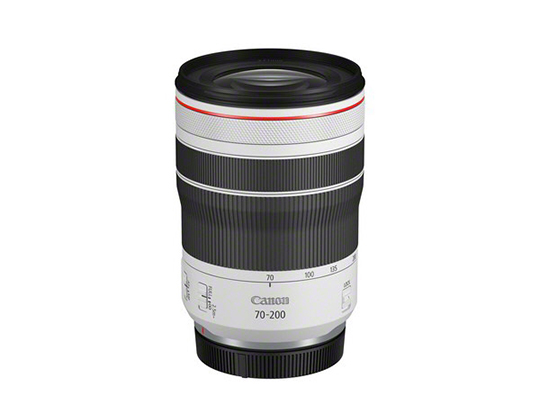
Canon RF 70-200mm f4L IS USM key features
- f/4 constant maximum aperture
- Dual Nano USM focusing motor
- L-series lens
- UD elements and ASC element coatings
- 5-stop Optical Image Stabilizer (7.5-stop combination IS when used with the EOS R5 and EOS R6)
- Dust and water-resistant seals
- Lens Control Ring
To place an order, contact our sales team on 0207 582 3294 or email us at sales@fixationuk.com

